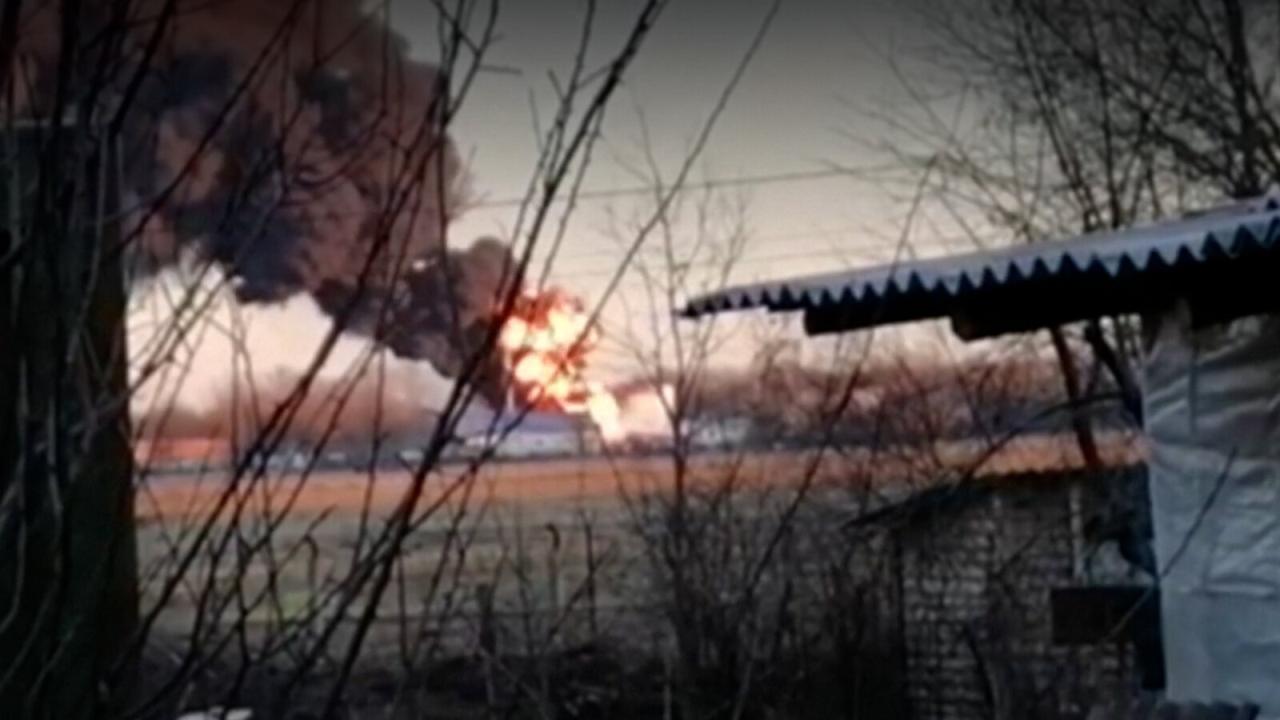Ukraine drone attack on russia – Ukraine drone attacks on Russia represent a significant escalation in the ongoing conflict. These attacks, targeting key infrastructure and military assets within Russia, have raised concerns about the potential for further escalation and broadened the scope of the war beyond Ukraine’s borders. This analysis delves into the geographic targeting of these attacks, the types of drones employed, the impact on Russian infrastructure, Russia’s response, international reactions, and the broader strategic implications of this evolving conflict dynamic.
We will explore the evolving military strategies and the implications of this asymmetric warfare.
Recent drone attacks on Russian territory have highlighted the evolving nature of warfare, showcasing the potential of unmanned aerial vehicles. This technological advancement is also evident in civilian applications, such as the impressive displays seen at events like the orlando drone show , which demonstrates the sophisticated programming and capabilities of drones. The contrast between these peaceful spectacles and the destructive use of drones in the Ukraine conflict underscores the dual-use nature of this rapidly advancing technology.
The frequency and sophistication of these attacks, coupled with Russia’s responses, paint a complex picture of the conflict’s trajectory. Understanding the technological capabilities, strategic goals, and international repercussions of these drone strikes is crucial for comprehending the future of the war in Ukraine and its regional and global consequences.
Ukrainian Drone Attacks on Russia: Ukraine Drone Attack On Russia
The escalating conflict between Ukraine and Russia has witnessed a notable increase in the use of unmanned aerial vehicles (UAVs), or drones, in attacks targeting Russian territory. These attacks, while not always publicly acknowledged by Ukraine, represent a significant shift in the dynamics of the war, challenging Russia’s defenses and raising complex geopolitical questions. This analysis examines the geographic targeting, drone types employed, impact on infrastructure, Russian responses, international reactions, and the broader strategic implications of these actions.
Ukraine’s recent drone attacks on Russian territory have significantly escalated tensions. One notable incident, shedding light on the evolving tactics, was the kazan drone attack , which highlighted the vulnerability of even seemingly secure inland locations. This incident, along with others, underscores the ongoing challenges Russia faces in defending against these aerial incursions, further complicating the overall conflict in Ukraine.
Geographic Targeting of Drone Attacks
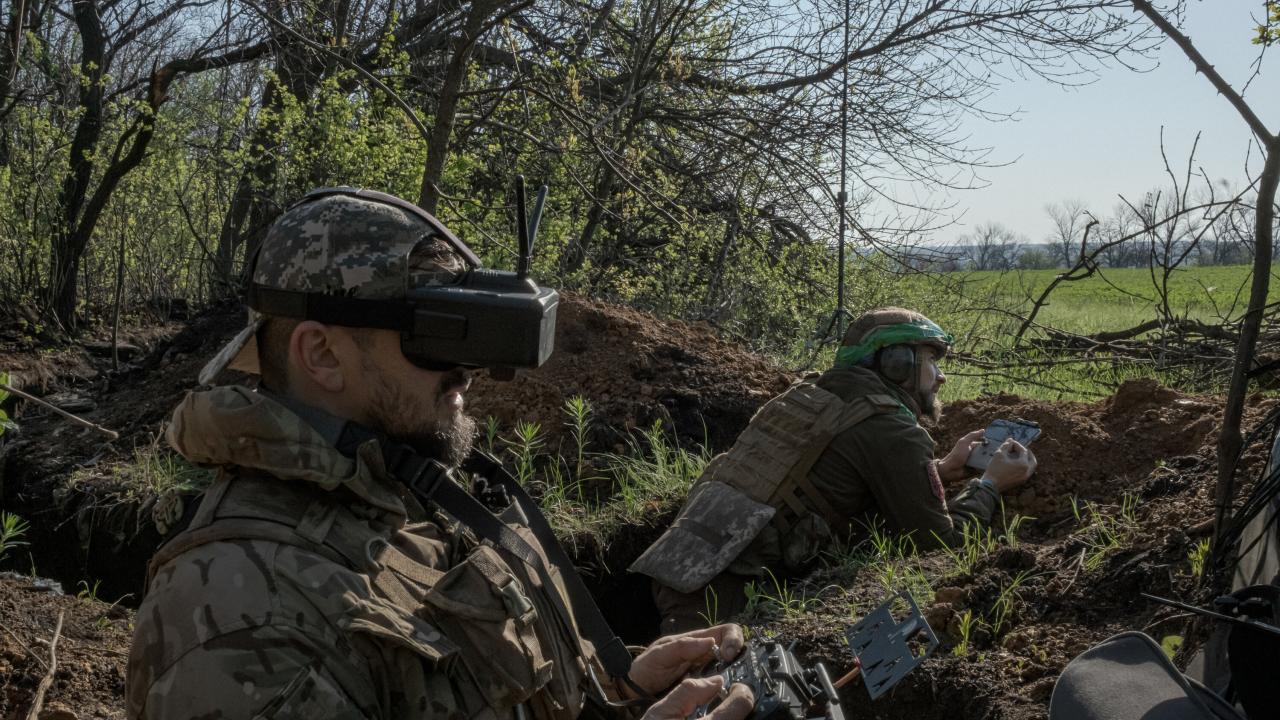
Ukrainian drone attacks have primarily focused on regions bordering Ukraine, including Belgorod, Bryansk, Kursk, and Rostov oblasts. These areas were chosen strategically due to their proximity to the conflict zone, facilitating easier drone deployment and minimizing flight times. Targets are often located within striking distance of Ukrainian-controlled territory, allowing for swift retreats. The frequency of attacks varies considerably, with some regions experiencing more frequent incursions than others.
This variation likely reflects factors such as the availability of suitable targets, local defense capabilities, and the overall operational priorities of the Ukrainian forces.
| Region | Number of Attacks | Date Range | Target Type |
|---|---|---|---|
| Belgorod Oblast | (Data unavailable – needs verifiable source) | (Data unavailable – needs verifiable source) | Military installations, infrastructure |
| Bryansk Oblast | (Data unavailable – needs verifiable source) | (Data unavailable – needs verifiable source) | Oil depots, infrastructure |
| Kursk Oblast | (Data unavailable – needs verifiable source) | (Data unavailable – needs verifiable source) | Military bases, energy facilities |
| Rostov Oblast | (Data unavailable – needs verifiable source) | (Data unavailable – needs verifiable source) | Airports, military installations |
Types of Drones Used in Attacks
The Ukrainian drone attacks on Russia utilize a diverse range of UAVs, reflecting both domestic development and foreign procurement. The capabilities and limitations of each drone type influence the selection of targets and the overall success of the attacks. Determining the precise sources and procurement methods remains challenging due to the sensitive nature of such information.
- Bayraktar TB2 (Turkey): Known for its long endurance and precision strike capabilities.
- Various commercially available drones (multiple countries): Modified for military purposes, offering flexibility but potentially lower precision.
- Altius-M (Ukraine): A domestically produced drone, details of its capabilities are limited publicly.
Impact on Russian Infrastructure
Drone attacks have inflicted varying degrees of damage on Russian infrastructure, impacting military capabilities and economic activity. While the extent of damage is often debated, the attacks demonstrate the vulnerability of Russian infrastructure to relatively low-cost asymmetric warfare. Specific examples of affected targets highlight the diverse range of vulnerabilities.
| Infrastructure Type | Extent of Damage | Economic/Operational Impact |
|---|---|---|
| Airport | (Data unavailable – needs verifiable source) | Disruption of air travel, potential economic losses |
| Military Base | (Data unavailable – needs verifiable source) | Loss of equipment, personnel casualties, reduced operational capacity |
| Energy Facility | (Data unavailable – needs verifiable source) | Power outages, disruption of energy supply |
Russian Response and Countermeasures, Ukraine drone attack on russia
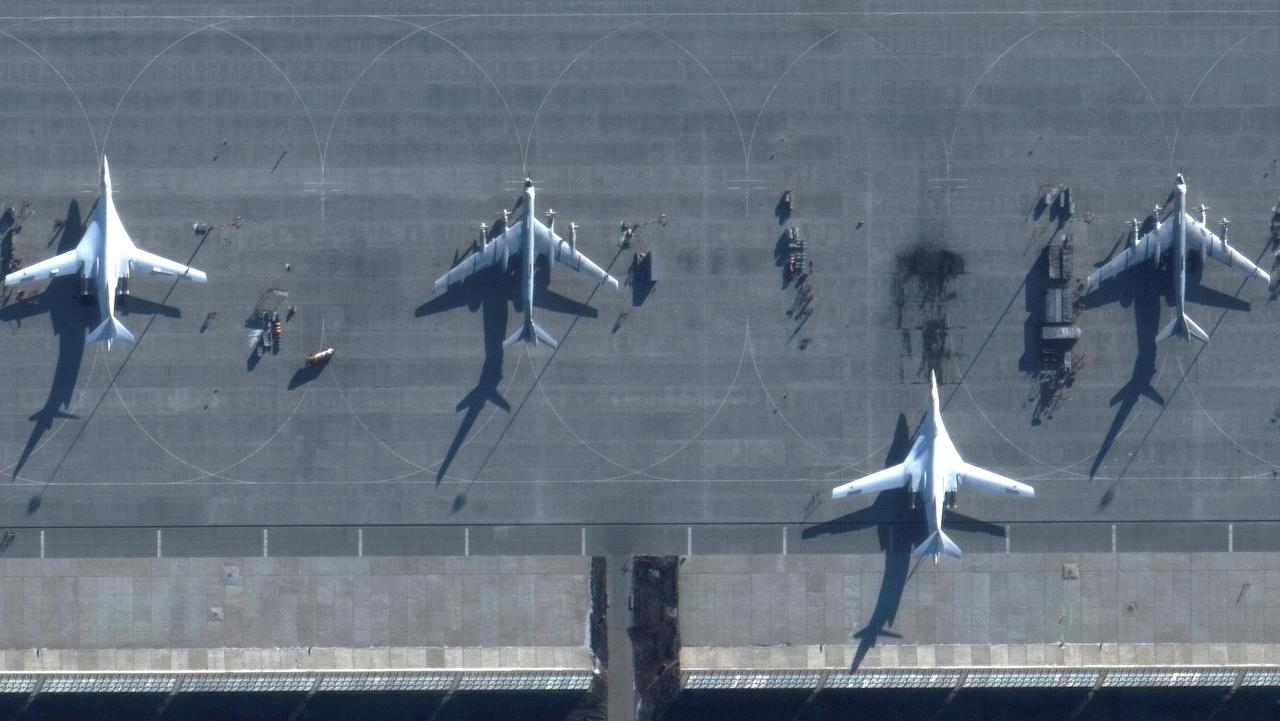
Russia has implemented various defensive measures to counter Ukrainian drone attacks, ranging from electronic warfare systems to upgraded air defenses. The effectiveness of these measures is a subject of ongoing assessment, with reports suggesting both successes and failures. The political and military implications of Russia’s response are significant, impacting resource allocation and the overall strategic posture of its forces.
International Reactions and Implications
International reactions to the Ukrainian drone attacks on Russia have been varied, reflecting the complex geopolitical landscape and differing national interests. Some countries have expressed concern about the escalation of the conflict, while others have remained largely silent. The broader implications of these attacks extend beyond the immediate conflict, influencing regional stability and international relations.
Visual Representation of Attack Data
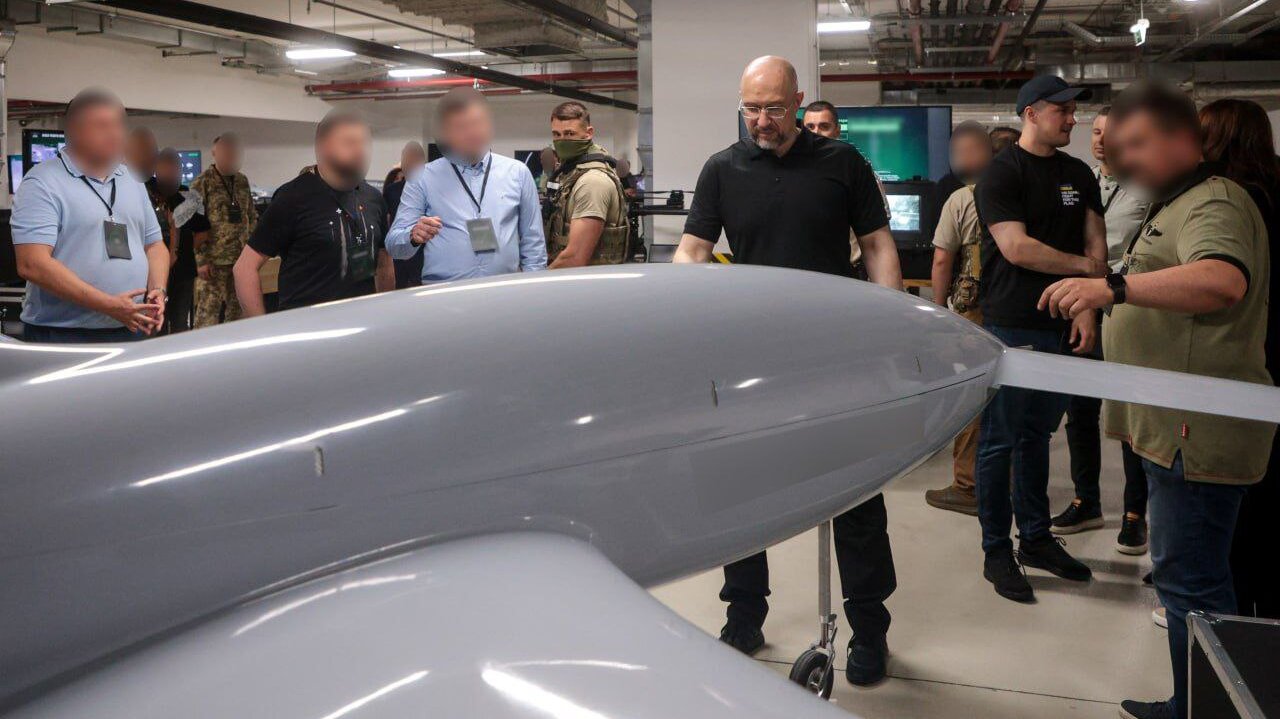
A map illustrating the locations of drone attacks within Russia would show a concentration of incidents in regions bordering Ukraine, reflecting the strategic rationale behind the targeting. The intensity of attacks, represented by the frequency of incidents within each region, would highlight areas of particular vulnerability or focus. A color gradient could effectively depict the frequency, with darker shades indicating more frequent attacks.
A chart showing the trend of drone attacks over time could reveal seasonal or cyclical patterns, possibly reflecting changes in weather conditions, operational capabilities, or strategic priorities. A line graph, for example, would clearly illustrate the increase or decrease in attacks over time, revealing potential trends and patterns.
Analysis of Military Doctrine and Strategy
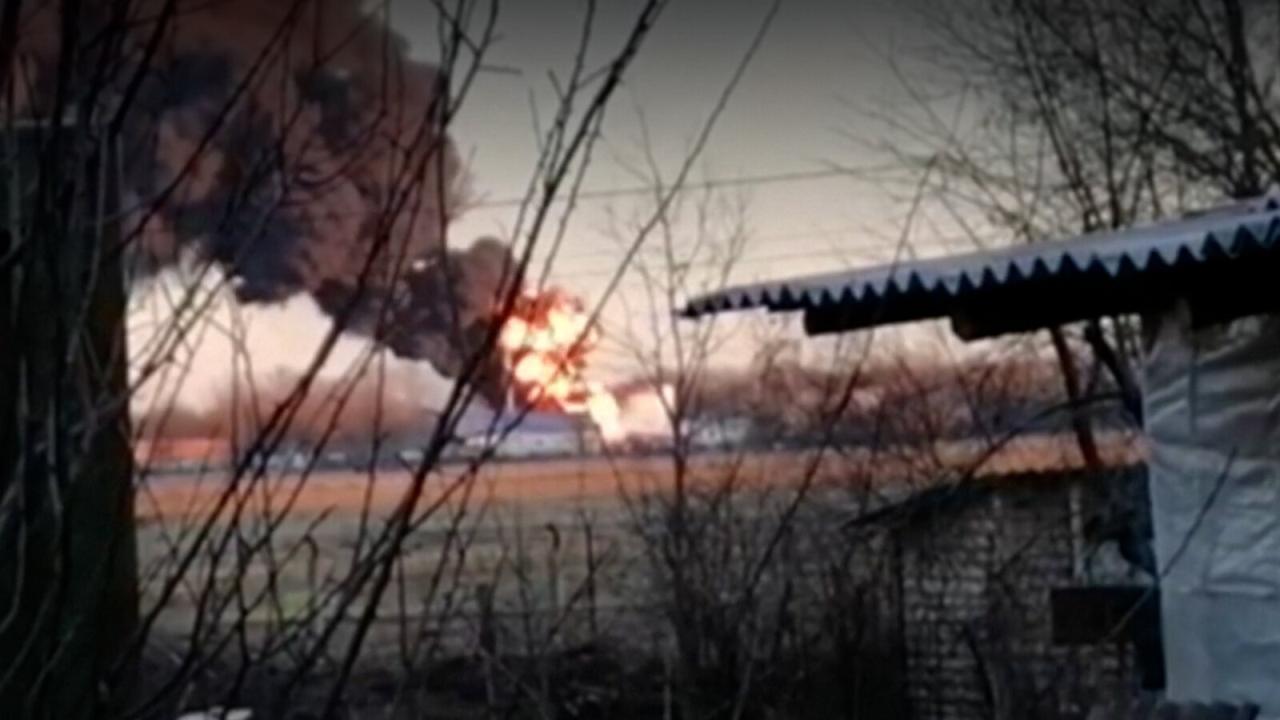
The use of drones in attacks against Russia reflects a shift in Ukrainian military doctrine, emphasizing the use of asymmetric warfare tactics to offset Russia’s superior conventional forces. Russia’s response has involved adapting its defensive strategies, including investments in electronic warfare and air defense systems. The long-term implications of this type of asymmetric warfare include the potential for further escalation, the development of new countermeasures, and the increased reliance on unmanned systems in future conflicts.
Recent Ukrainian drone attacks on Russian territory highlight the increasing reliance on unmanned aerial vehicles in modern warfare. The precision and effectiveness of these attacks are a stark contrast to the chaotic scene witnessed at a recent drone show, as reported in this article about the orlando drone show malfunction. This incident underscores the complexities involved in managing large-scale drone operations, even in controlled environments, and raises questions about potential vulnerabilities in similar military deployments.
The contrast between these two events is a telling reminder of the technological advancements and challenges in the field of drone technology.
The Ukrainian drone attacks on Russia mark a pivotal moment in the conflict, demonstrating a shift in military tactics and escalating the geopolitical tensions. The strategic choices behind target selection, the effectiveness of both the attacks and Russia’s countermeasures, and the international community’s responses all contribute to a dynamic and evolving situation. Further analysis is crucial to understand the long-term implications of this asymmetric warfare and its potential to shape the future of conflict resolution.
FAQ Guide
What is the overall success rate of Ukrainian drone attacks on Russia?
Precise figures are difficult to verify independently, but reports suggest varying degrees of success, with some attacks causing significant damage while others are intercepted or fail to achieve their objectives.
How does Russia’s response compare to other countries’ responses to similar attacks?
Russia’s response is unique due to the scale and proximity of the attacks. Comparisons to other countries’ responses require consideration of the specific context, including the ongoing nature of the war and the level of involvement of other nations.
What are the potential environmental consequences of these drone attacks?
The potential environmental consequences vary depending on the target and the type of damage inflicted. For example, attacks on energy infrastructure could lead to oil spills or other forms of pollution.
What is the role of international law in these attacks?
The legality of these attacks is a complex issue debated under international humanitarian law. The interpretation of self-defense, proportionality, and the targeting of civilian infrastructure are key considerations.
